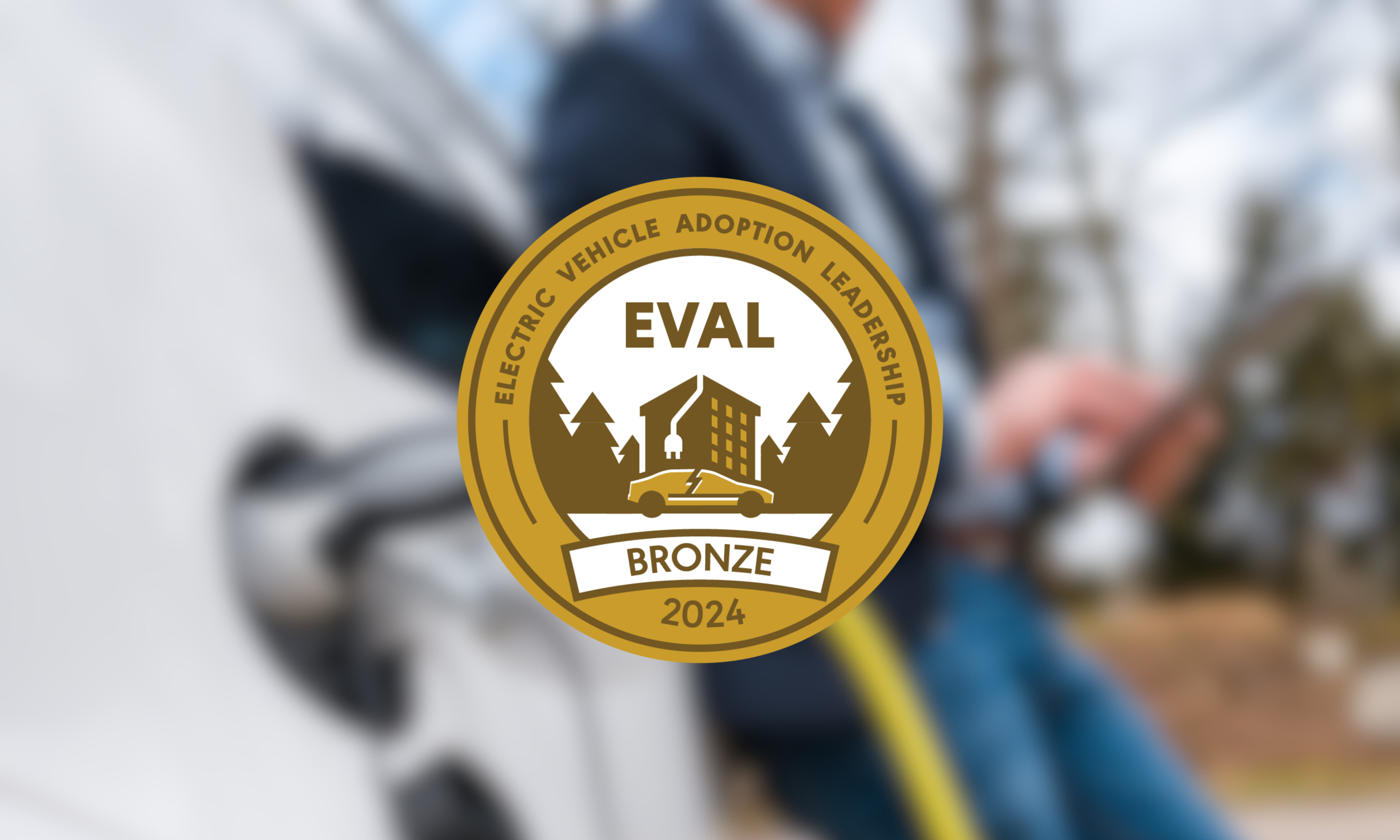Left: Guest Blogger Andy Silber with his wife, Catherine, and her dog, Montse, at Mount Si outside Seattle, WA
One of the things that we hear as owners of electric vehicles (EVs) is that we’re just causing more coal and gas to be burned. Is this a fair complaint today and does it have to be in the future? What if there are 100 million EVs driving around the US? Can we charge them all using renewable power?
Chevy, Tesla, Nissan and others are soon planning to offer EVs with a range of at least 200 miles costing less than $40,000. Bloomberg did a study of the growth of EV sales, predicting an explosion in growth and that by 2030 there will be 100 million EVs on the road. When Tesla began accepting preorders for their Model 3, over 350,000 people made a down payment of $1,000, suggesting that Bloomberg’s prediction is reasonable.
The electricity needed to charge all of those EVs is about 10% of current consumption. Meeting this demand over the next 15 years, while reducing climate pollution, will not happen without preparation, but it is not an insurmountable task.
If utilities just kept installing wind turbines at the rate that they did in 2012, they could meet this need in just 10 years. Another way to look at it, if we captured half of all of the commercially viable wind power in North Dakota that would generate the electricity needed to power 100 million EVs.
We could also power the EVs with solar power, which has been dropping in price faster than anyone predicted. Currently installed panels produce 12% of the power that will be needed to charge 100 million EVs. If solar panel installation keeps growing at the current rate, that will produce more than enough electricity to power 100 million EVs in 2030.
Electric utility operators have a difficult job. At every moment they must precisely balance the energy coming into their grid from generators with the energy leaving the grid to power air conditioners, computers and everything else that’s plugged in. If you turn on a light switch and nothing else changes, a little more power must be provided. As our grid becomes more dependent on renewable energy sources, managing the grid may become increasing difficult. Currently if the wind isn’t blowing and the sun isn’t shining utilities respond by turning on a natural gas plant that emits CO. And if the wind is blowing and there aren’t enough customers, the power is wasted.
This is where EVs come in. Rather than respond to the imbalance between supply and demand by changing supply, you can change the demand. Some appliances, like your computer or TV, aren’t well suited to this, but charging your EV is. Imagine you have a 200-mile range EV and a level 2 charger at home. You arrive home at 6 pm after driving 80 miles and plug in your car. Since demand is high at that time, your car (which still has 120-mile range) doesn’t start charging until midnight when demand has dropped so low that the utility has a challenge finding customers for its wind power. By 4 a.m. your car is fully charged. Even if you go out at 7 p.m., you still have plenty of range for your evening activities and every morning you wake up to a fully charged car. This encourages the development of more wind power, since the operators know there will be customers for their power day and night. By helping the utility integrate more renewable sources of energy, your EV has helped the environment twice, by reducing fossil fuel consumption at the pump and at the power plant.
The concern that EVs just move the pollution from the tail pipe to the power plant does not have to be true. Today’s technologies, deployed at the rate that we’re currently deploying them, could easily power 100 million EVs in the USA by the year 2030. And if these EVs are connected to the Smart Grid, then they actually make the transition to a low-carbon electricity grid easier, by allowing the utilities to power them when electricity is cleanest and cheapest.
—
Andy Silber is a physicist, engineer, project manager, and amateur energy wonk living in Seattle with his wife, son, and 2015 Nissan Leaf.
This article is a synopsis of a larger piece (with references and math) at http://www.asilberlining.com/

